[Duration 07’33”, it is recommended to watch the video under WiFi conditions]
This video is from [Wanyou Youth Cuisine at Zhongguancun Chaoyang Garden

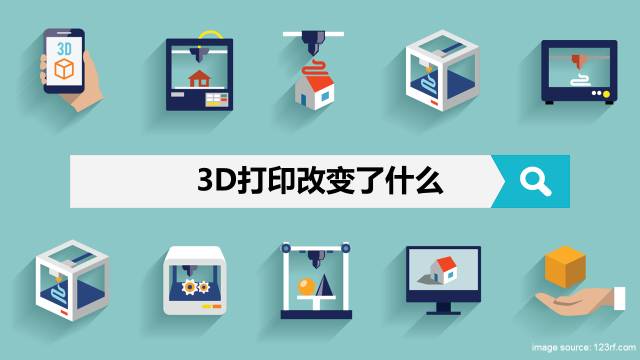
Everyone should be familiar with the term 3D printing, which has been very popular in recent years. Today, I want to share with you an industry that is closely related to us, the 3D printing medical industry.
As we all know, traditional manufacturing methods are industrialized production, large-scale mass production, while the medical field requires personalized customization.
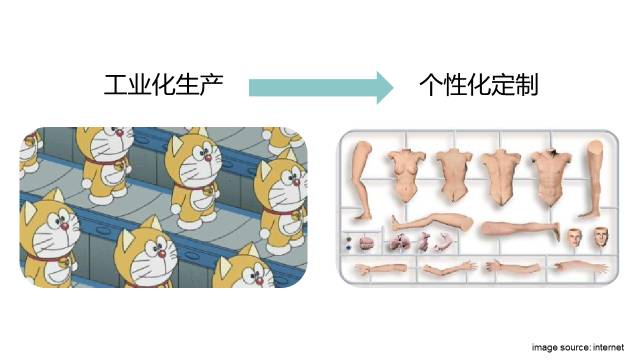
This raises a question: since each of us is a different individual, with varying heights and weights, none of the standard sizes from S to XXL provided by manufacturers are truly suitable for us.
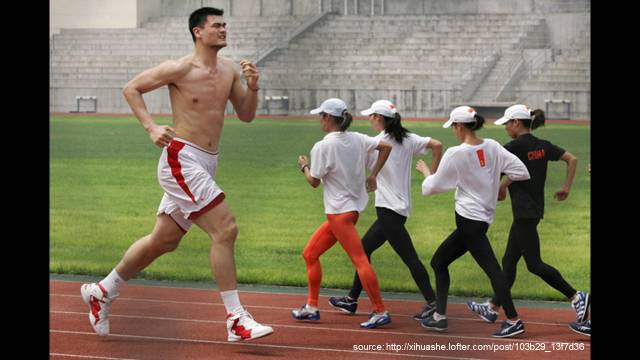
At this point, the emergence of 3D printing solves this problem.
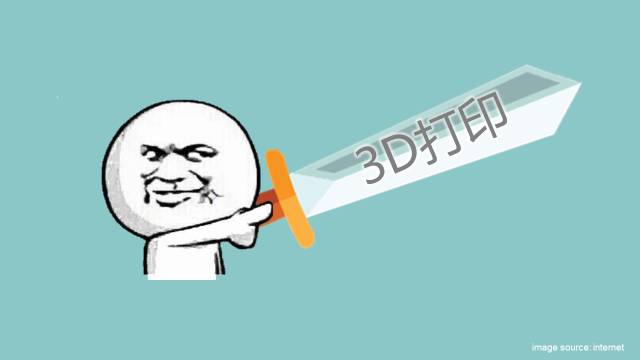
3D printing has been applied in the medical field for nearly 20 years. Over these 20 years, 3D printing can be roughly divided into three levels:

1. The first level: Non-biocompatible materials
This type of material only requires strength and mechanical properties but cannot be implanted in the human body. Generally, these materials are used for dental surgical guides and protective devices.
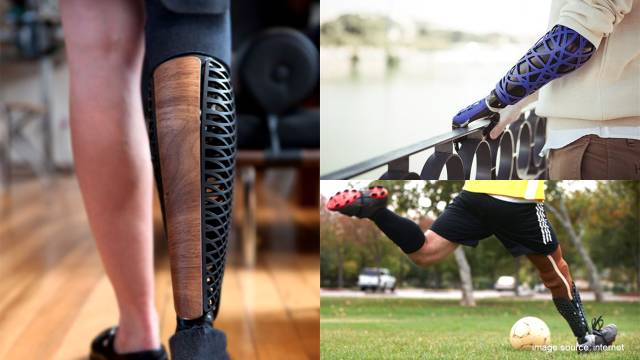
What changes can the application of this material bring? We have a case to share.
This is one of our patients who fractured his left hand. We collected the 3D data of his left hand using a 3D scanner.
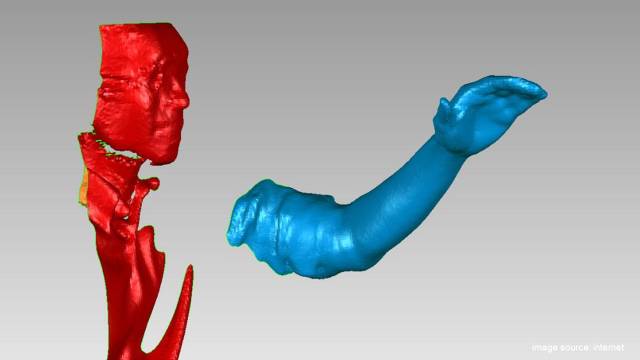
On the collected point cloud file, we drew a surface that conforms to the contour of his arm,
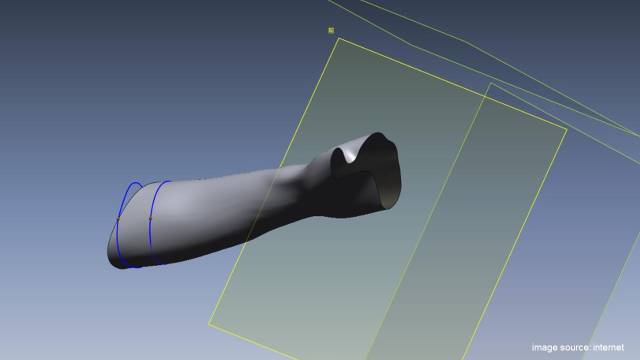
Then we outlined the shape of the fixation device we needed based on the surface,
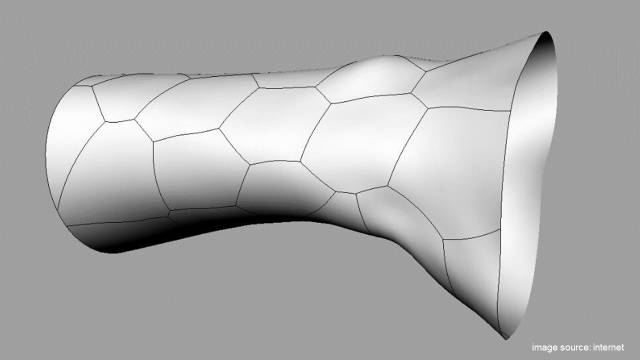
After some structural and aesthetic optimizations, we finally created a model like this.
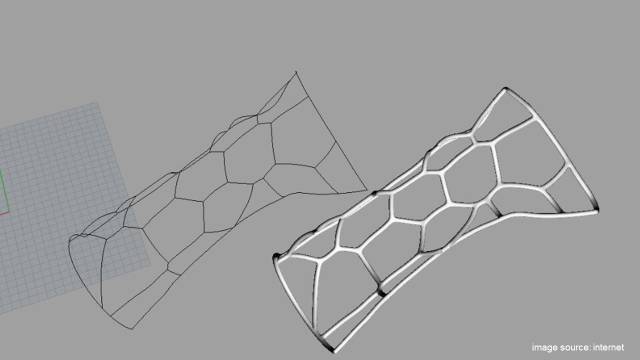
Using this model, we printed it out with a printer, allowing the patient to stabilize the fractured part of his hand.
This device, compared to traditional medical methods like plaster, has some issues, especially in summer, as it can be very stuffy and heavy, making it inconvenient to wear clothes and difficult to wash. This type of device is much more convenient. As you can see, its structure is hollow, very sturdy, and water-resistant, making it very comfortable to wear.

2. The second level: Personalized permanent implants
Compared to the first stage, the advancement in materials is that they have biocompatibility. The materials used are generally specific resins or titanium alloys, which can be implanted in the body without causing adverse reactions.
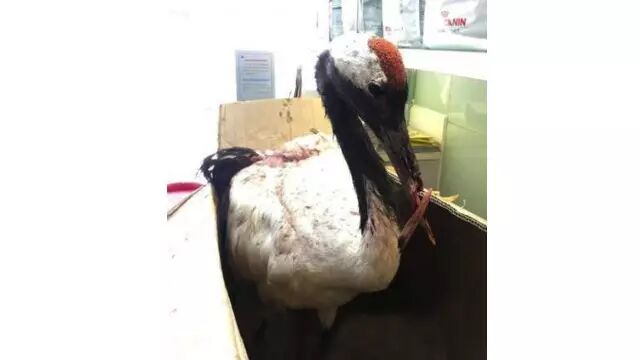
In the picture, there is a red-crowned crane from the Guangzhou Zoo. During a fight with other birds, its upper beak was completely broken. When it was sent to the hospital, the doctors found that it could no longer feed itself, and if this continued for a long time, it could die from malnutrition.
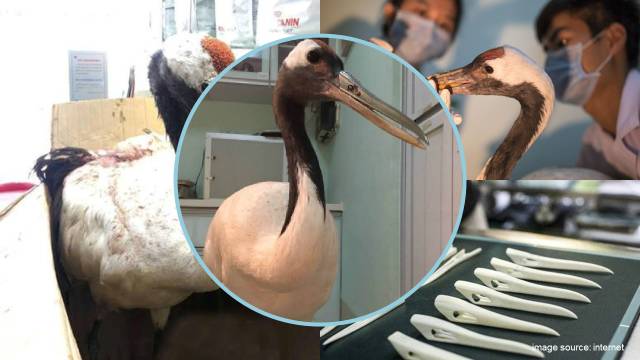
The doctors decided to create a new beak for it and consulted some 3D printing experts to analyze the structure of the broken beak. After some optimization through biomechanics, they ultimately created a titanium alloy beak that was said to be very effective.

3. Cell 3D printing
The realization of this technology is actually significant. Let me share a statistic: in this world, a patient dies every 30 seconds due to the lack of organ transplants. Now, through regenerative medicine, organs needed by patients can be cultivated in the laboratory, such as the ear shown in the picture, as well as important internal organs like the liver and kidneys, which can be transplanted.
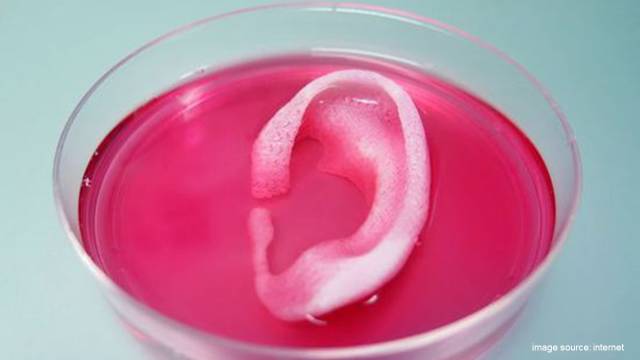
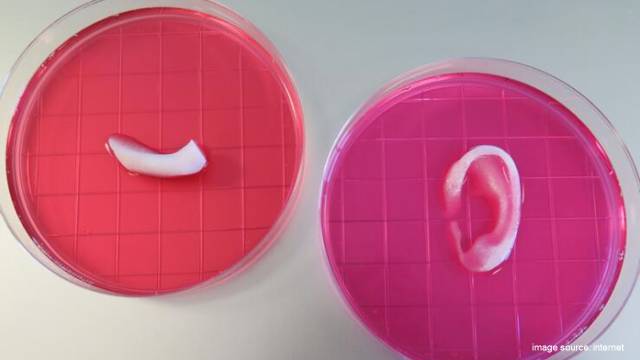
The printer used for this is actually similar to traditional printing technology, with very high precision, except that the materials have changed from traditional plastics or metals to a special gel that contains cells and biodegradable materials. This material is mainly to ensure that a specific shape is maintained during the printing process, such as the shapes of the liver and kidneys.
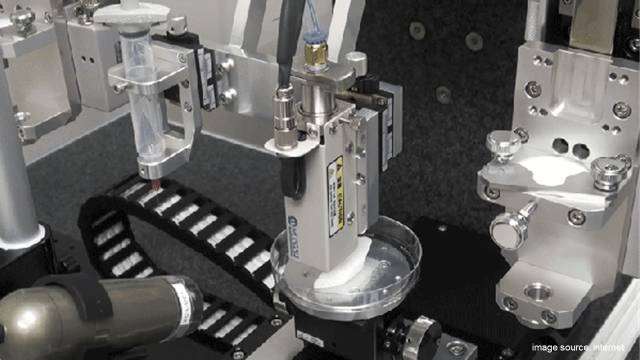
The organs printed in this way have significant advantages over those transplanted from other donors, as their cells are taken from the patients themselves, so there will be no rejection reactions.
Recently, successful transplants have been completed in animals, such as a small white mouse that received an ovary transplant and successfully gave birth to a small white mouse. It is believed that this technology will soon be applied to humans, providing help to patients in need.
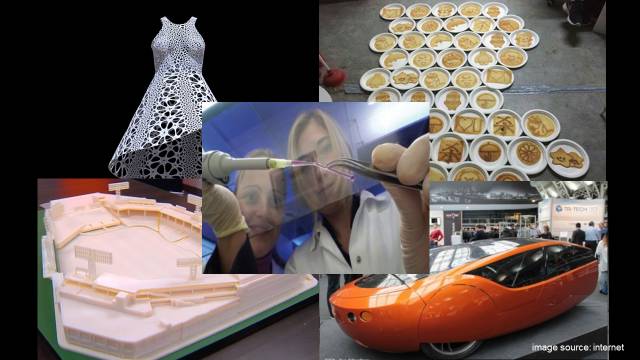
3D printing is not only applied in the medical field but has also entered our daily lives. It has many applications in clothing, food, construction, and automobiles.
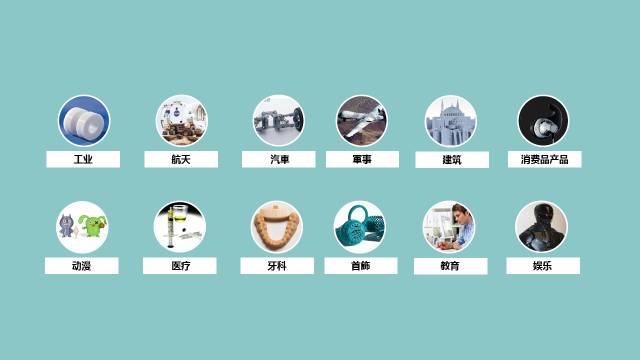
Moreover, it is believed that it will have applications in more fields in the future, such as in industry, making manufacturing simpler. For example, in jewelry, it can break through some limitations in design, allowing for more complex and beautiful shapes. In film and television, there is a problem with low-quality special effects in Chinese movies and TV dramas. If more 3D printing technology is used, props can become more realistic. With the development of 3D printing, it is believed that it will bring more changes to our lives.
